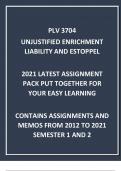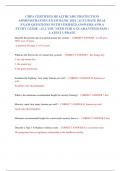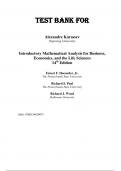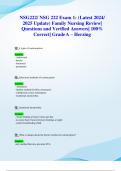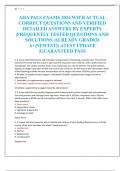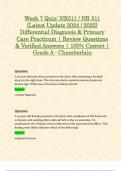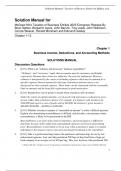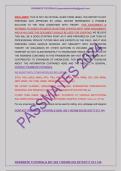Tentamen (uitwerkingen)
PLV 3704 UNJUSTIFIED ENRICHMENT LIABILITY AND ESTOPPEL 2021 LATEST ASSIGNMENT PACK PUT TOGETHER FOR YOUR EASY LEARNING CONTAINS ASSIGNMENTS AND MEMOS FROM 2012 TO 2021 SEMESTER 1 AND 2
- Vak
- Instelling
- Boek
Question 1 Discuss in general (without reference to a specific enrichment action) how the extent of enrichment liability (or the quantum of the enrichment claim) will be calculated. (10) Answer In principle the plaintiff is allowed to claim the amount he has been impoverished, or the amount ...
[Meer zien]
